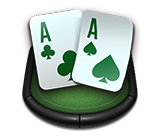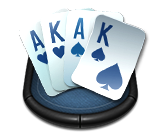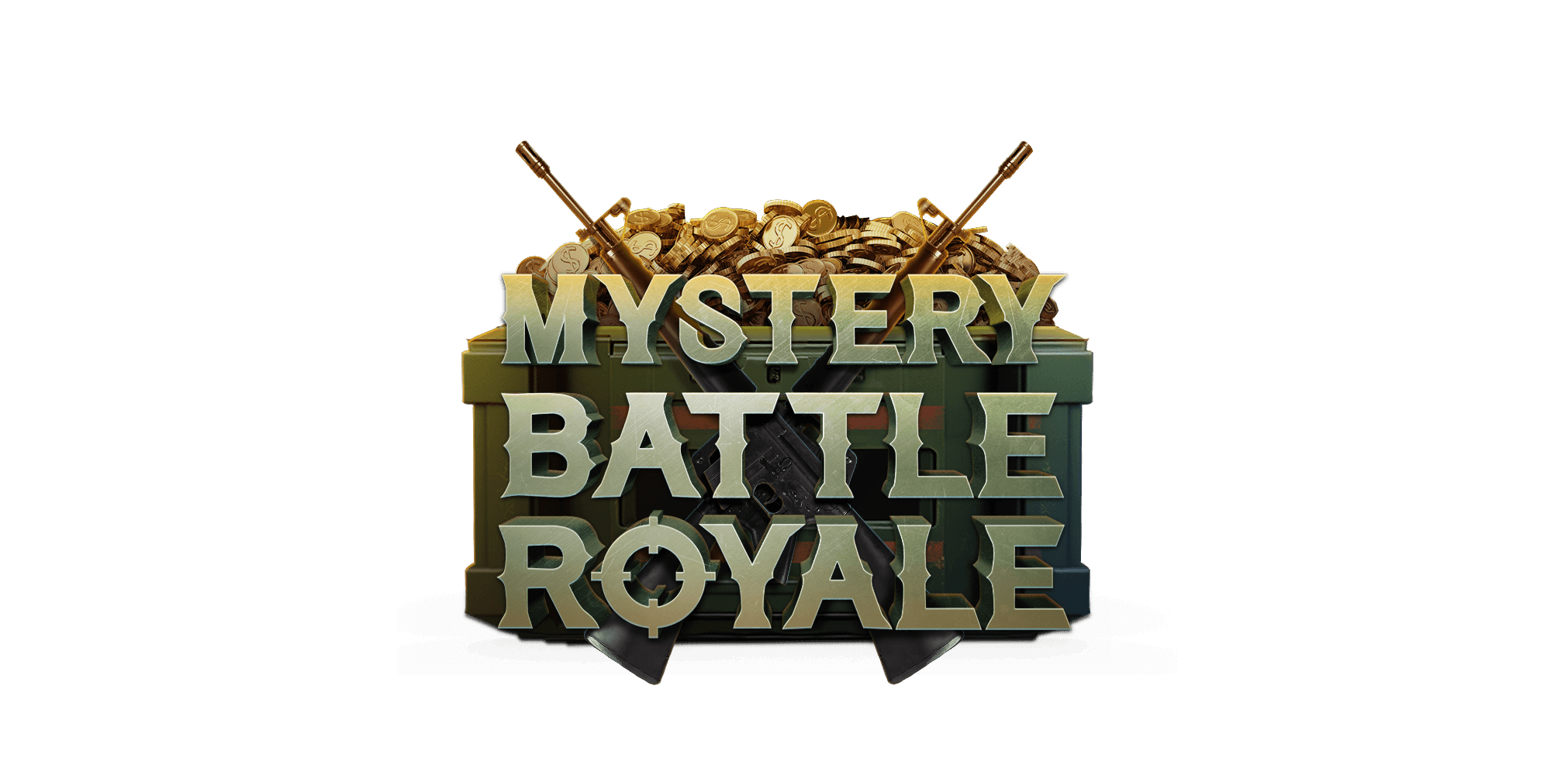
Ever found yourself at a poker table, heart pounding, pondering whether the next card could make or break your game? You're not alone.
Whether they are new or experienced players, all poker players have been in that intense moment. But fear not! Understanding and counting your poker "outs" can be your guiding light through these uncertain waters. Let's delve into this crucial aspect of poker strategy.
What Exactly Are Poker Outs?
Picture this: you're playing poker with your friends, holding a hand that's just one card away from a flush, one that can help you win the pot.
That elusive card that could transform your hand into a winning hand is what we call an "out." In simpler terms, an out is any unseen card that, if drawn, would improve your hand's chances of winning. It's like finding a hidden treasure map leading to victory.
Why Bother with Outs?
If winning is your goal (and let's face it, who doesn't want to win?), understanding your outs is paramount. It's akin to knowing the odds in any game of chance.
For example, in draw poker, if you have four diamonds, you possess nine outs to complete a flush. Why? Because there are only 13 diamonds in the deck, and you've already seen four.
But here's the kicker: let's say you're eyeing a full house with two small pairs. Here, you've got four outs, with the two remaining cards of each rank you hold.
Poker Outs Chart

Basic Rule: The Rule of 4 and 2
Imagine you're playing Texas Hold'em. You hold two spades, and the flop reveals two more spades. With a total of five cards shown, four of which are spades, you now have nine outs for a flush from the remaining 47 cards in the deck. That translates to a 9/47 chance of hitting your flush on the turn.
Time is running out, and you have to make your decision fast. Here, you can use the Rule of 4 and 2 to help you quickly figure out the approximate chance of you getting the winning card.
At the Turn, you can use this formula to figure out your odds:
(Number of outs x 4) = X%
Missed it? No worries, you've still got a 9/46 chance on the river. To make it easy, multiply the number of outs by 2.
(Number of outs x 2) = Y%
Pretty handy, huh? While this method might not be super accurate, it helps you get a rough idea of what your winning odds are quickly. And in a live tournament, time is of the essence!
Things to Note
There are some things that you must remember before you apply the Rule of 4 & 2. The x4 rule works when you are guaranteed to see both turn and river cards. If you're going to fold after missing the turn, then this is not the calculation to use. In this case, it's better to multiply your outs by 2 instead.
But Hold On, There's More
Remember, poker isn't a solitary affair. Your opponents' cards can affect your outs calculations. For example, the board shows K5 J7. You're holding A 10. There are at least nine potential outs for a flush.
That’s where the fun, as well as stress, begins. Cards like 5 and J, while completing your flush, might give your opponent a full house.
But then, that's where the excitement of the game lies.
Understanding Blockers: The Next Level Strategy
In addition to counting outs, savvy poker players employ another tactic called "blockers." To make it simple, a blocker is a card in your hand that “blocks” your opponent from getting a specific hand. This concept is crucial for both assessing your hand strength and predicting your opponents' potential hands.
If you hold the Ace of Spades when there's a possibility of a flush forming, you know that none of your opponents can have the nut flush. Similarly, if you have a pair of Tens in your hand and a Ten appears on the flop, it reduces the likelihood of an opponent having a hand like Ace-Ten.
Blockers aren't just defensive; they're also potent offensive tools. By understanding the blockers you hold, you can make aggressive plays, knowing it's less likely for your opponent to have a strong hand.
In essence, outs help you assess the potential for improving your hand. Blockers, on the other hand, give you insight into the range of hands your opponents might hold. It's a subtle yet powerful aspect of poker strategy that can give you a significant edge in crucial moments at the table.
Read more: Unblocking in Poker
The Power of Outs: Your Gateway to Victory
Understanding and counting outs isn't just a strategy; it's an art form. It's what differentiate the pros from the beginners. There’s nothing like the thrill of knowing what the next card could be and how it could potentially change everything.
The next time your friends challenge you to a game of poker, harness the power of outs and witness your game soar to new heights.

.webp)




























